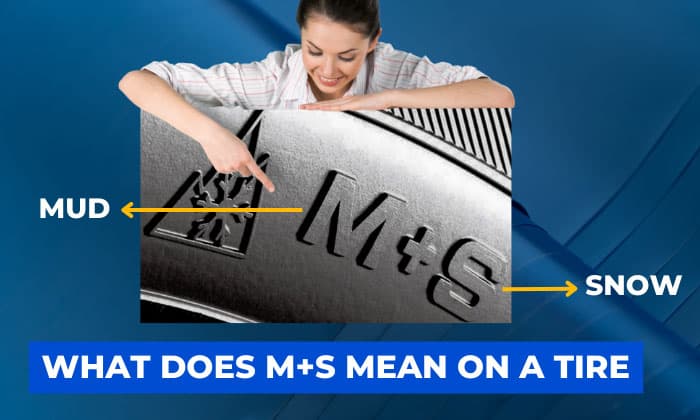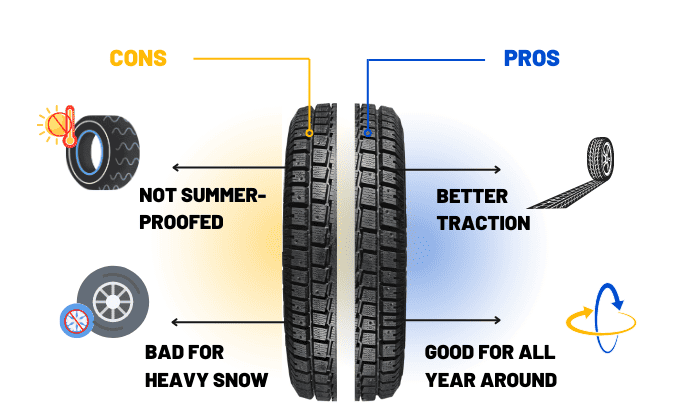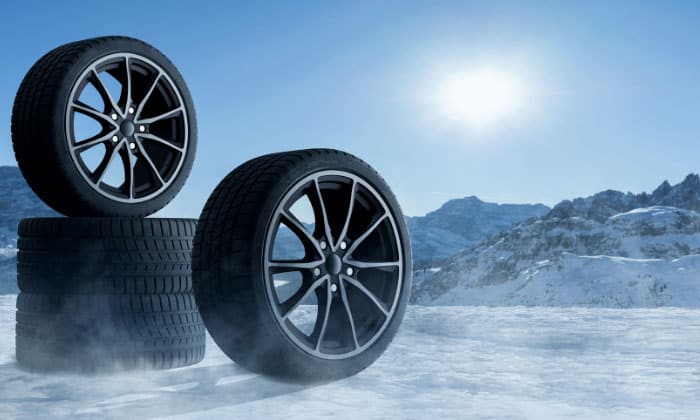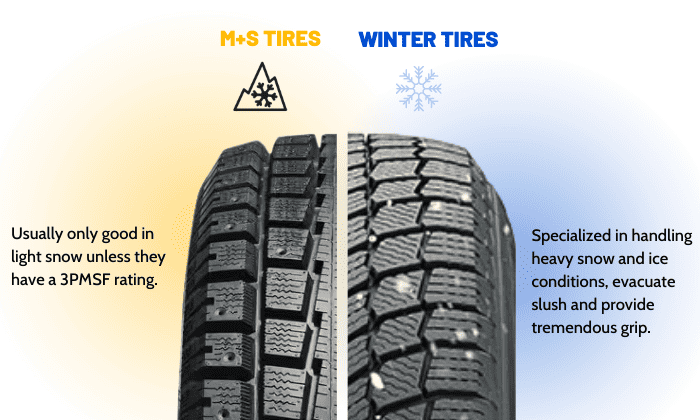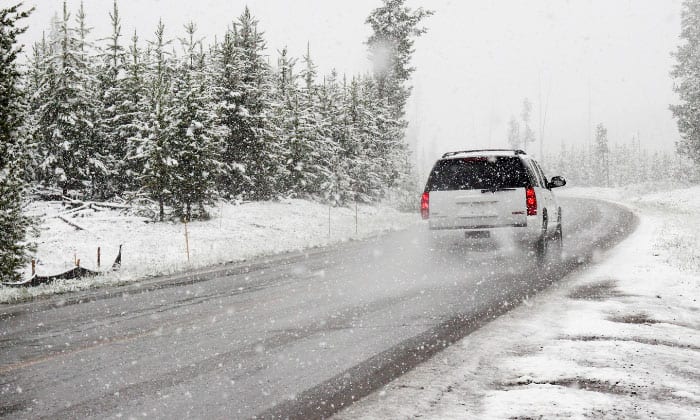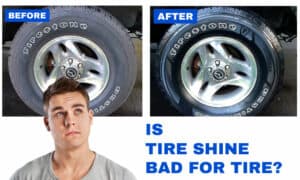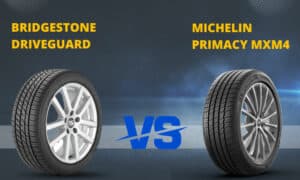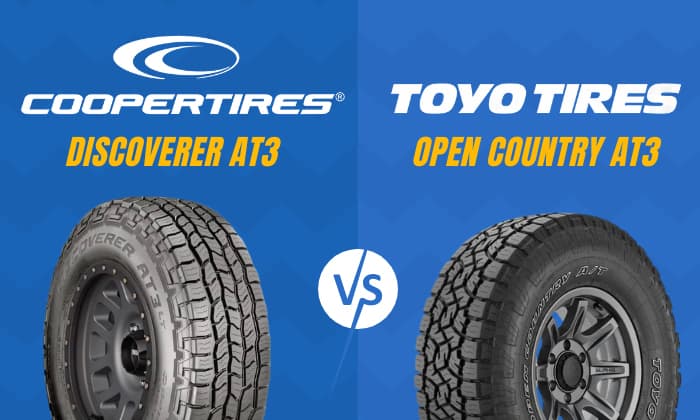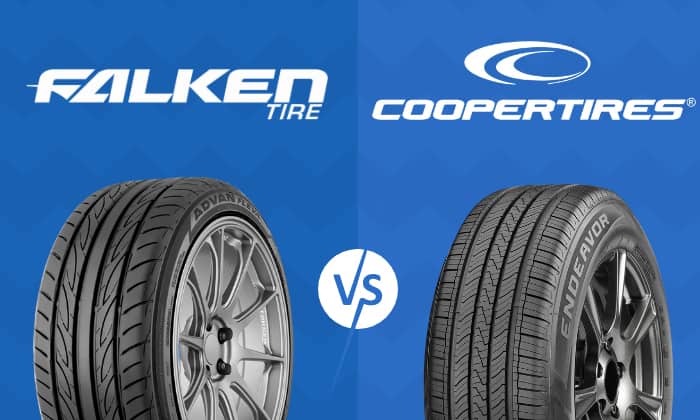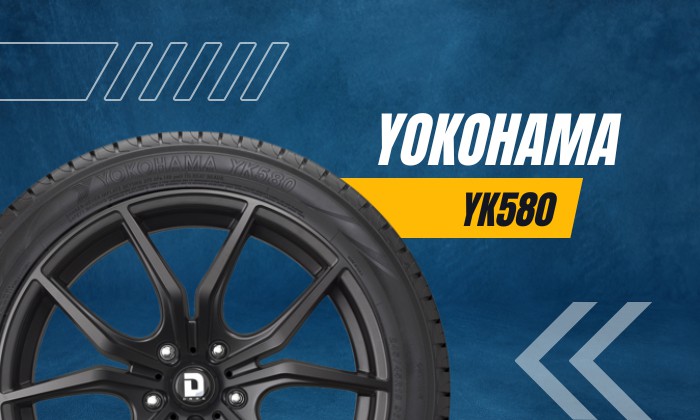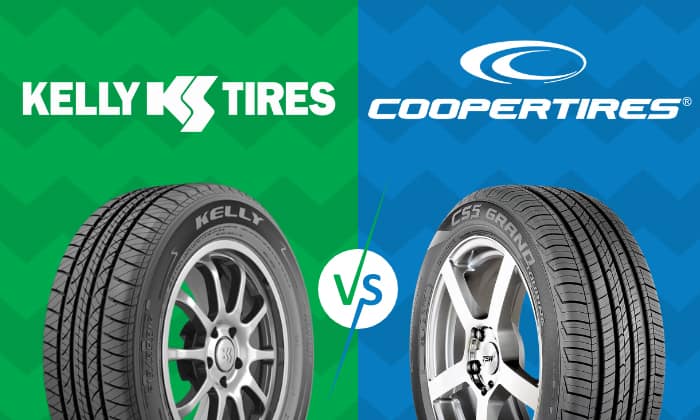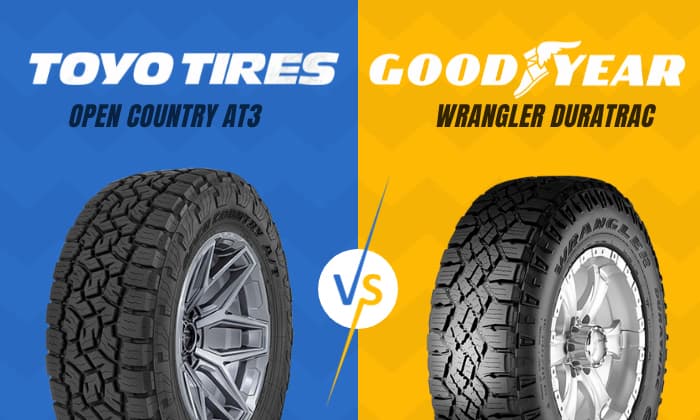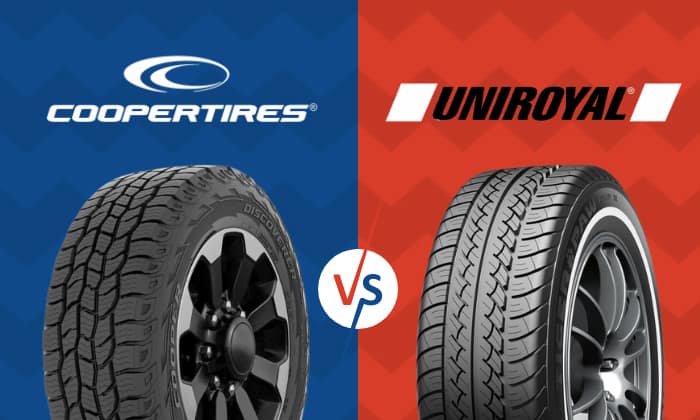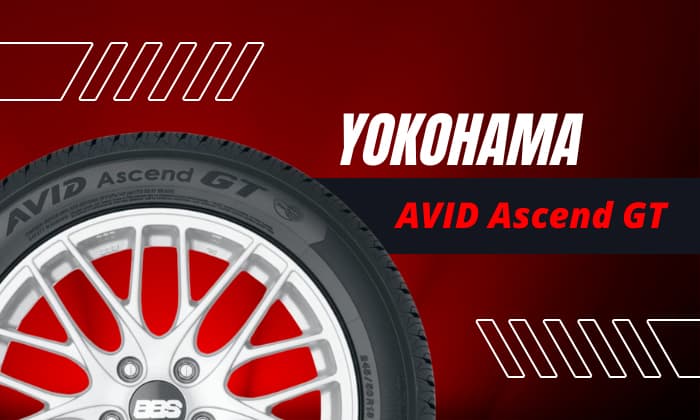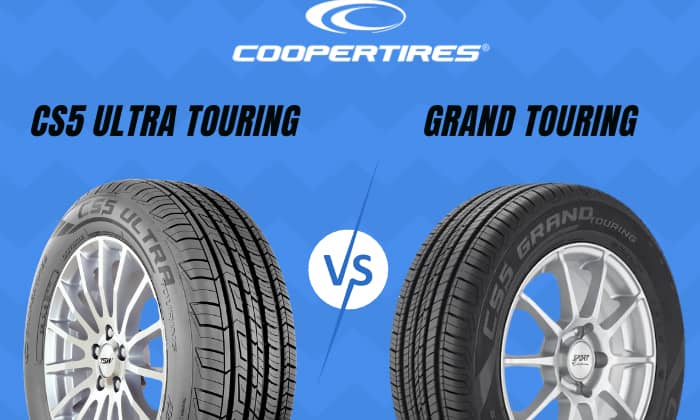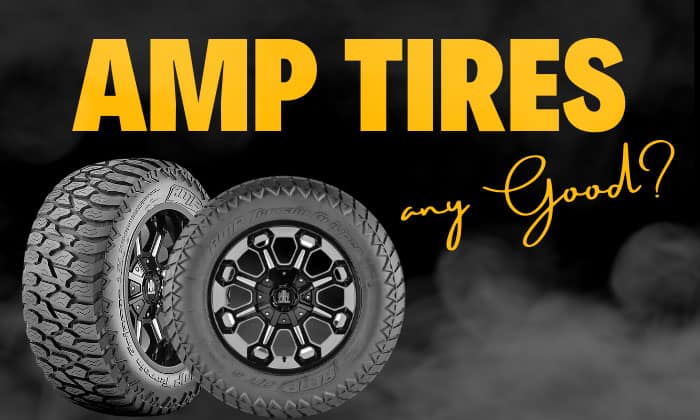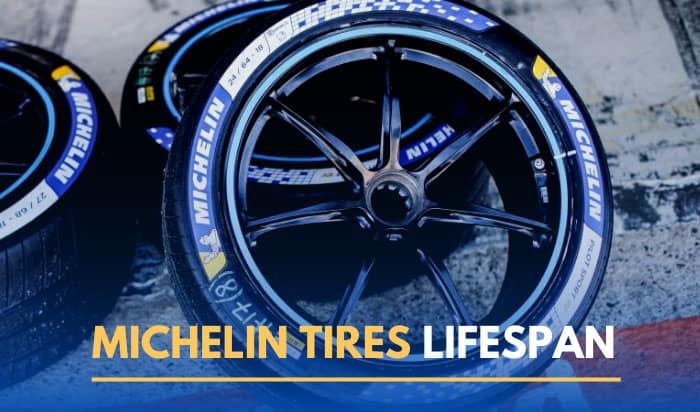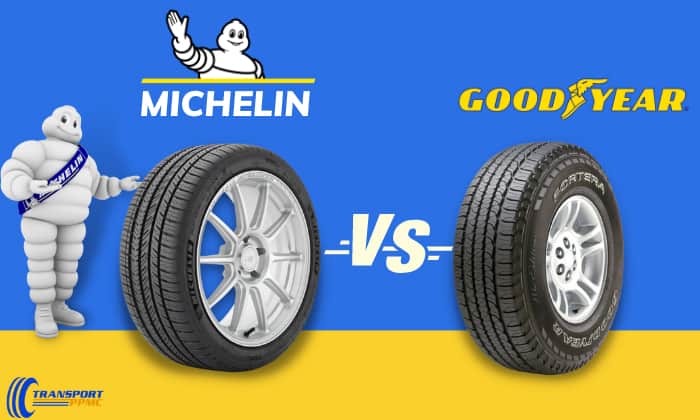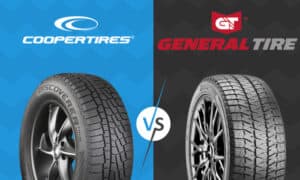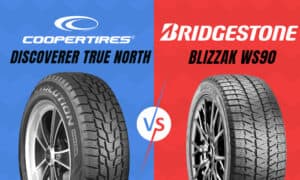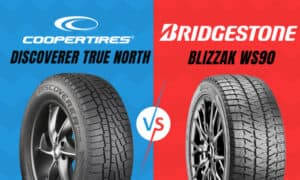Have you ever wondered what does M+S mean on a tire? Well, it simply means Mud and Snow. More commonly found on the sidewall of tires, this indicates that your set of rubbers are capable mud and snow tires.
They’re also sometimes called all-season tires, which means they can handle varied temperatures quite well. And that’s just the surface of what you need to learn about this popular rating for tires.
If you need more information, other than what the letters S and M mean, we’ve got more, so read on to find out.
Table of Contents
Pros and Cons of M+S Tires
Pros
M+S tires have clear advantages. They’re viable for all seasons, meaning great usability, especially for those who live in areas with long winters.
- Better traction: Right off the bat, mud and snow tires provide plenty of traction, even in colder temperatures. They usually have deeper ridges in their treads, giving them all the grip and water evacuation you’ll need when traversing wet and snowy roads.
- Good for all year around: M+S rated tires usually have wider gaps between each tread to maximize grip even further on wet and snowy roads. Owning a pair of M+S tires means you can comfortably go riding in most weather conditions.
However, it’s worth noting that all-season tires don’t necessarily mean they can function as well as dedicated summer or winter tires.
Cons
As such, although M and S tires are usually designated as all-season tires, they do come with some limitations.
- Not summer-proofed: M&S tires don’t do very well on warm surfaces due to their soft structural integrity, which is more attuned to resisting hardening in cold weather.
- Bad for heavy snow: These tires also don’t do well on severe snow either. It’s worth noting that “all-season” does not necessarily mean they’re as great vs snow tires.
They’re usually only good for light snow, as proper winter tires have a 3PMSF symbol instead. However, this does not apply to all, as some all-season tires sport a 3PMSF symbol as well.
For example, on Michelin tires, their grand all-season touring tire, the CrossClimate 2, has the 3PMSF symbol, even if it’s not a dedicated winter tire. So, a little research can go a long way in helping you pick out the perfect all-season tires.
Lifespan of M+S tires
How long mud and snow tires would last usually depends on the brand you’re using and how you use them. Some tire companies have very advanced technologies that can give their tires incredible longevity, while others simply don’t.
It goes without saying, but the better, long-lasting tires usually cost a pretty penny. For a pair of M+S tires that will last you forever, check out Michelin!
That being said, tire maintenance can also significantly contribute to your tire’s durability. Tires that are rotated routinely, inflated with the correct pressure, and properly aligned, can last longer than those that are not properly maintained.
Simply put, there’s really no definitive answer to how long mud and snow tires can last. If you’re concerned about the longevity of the tires, buy them from an established brand and take great care of them.
M+S tires vs Winter Tires
This entirely depends on what type of roads and weather conditions you typically drive in. Although S and M mean snow and mud, M+S tires are usually only good in light snow unless they have a 3PMSF rating.
As for winter tires, they are specialized in handling heavy snow and ice conditions. They have wider sections to evacuate slush and provide tremendous grip. They’re also made from a softer material – usually natural rubber – to battle hardening caused by extreme cold.
Frequently Asked Questions
Do M+S tires need chains?
Well, this entirely depends on what state you’re in. For instance, California law dictates that chain requirements depend on the severity of snow conditions, whether you have snow tires or if your vehicle is 4WD or AWD.
As such, be sure to check your local state’s laws before adding/removing chains on your M+S tires. However, if you need to apply chains on your tires, put them according to your car’s drivetrain.
For instance, put chains on the front tires if your car is FWD. If they’re RWD, they should be applied on the rear tires. And lastly, as for 4WD or AWD, you’ll need to put them on all four tires.
Depending on the weather conditions, you may or may not need chains for M+S tires. These tires can handle light snow. However, in case it’s snowing heavily or required by the state, we advise reinforcing with chains as per the guide above.
Are M+S speed ratings?
No. The S and M or snow and mud markings mean they’re tires that can handle light snow and mud. On the other hand, the speed rating of a tire tells you the maximum speed at which it can safely handle, indicating how fast you can drive with it.
For instance, tires with a T-rating can handle 118 mph, while H-rated tires can handle up to 1What is a Tire Speed Rating? | NTB30 mph. Always pay attention to your tire symbol’s meaning and definitions, as they provide valuable information in ensuring your safety.
Conclusion
I hope we’ve shed some light on your burning question, “what does M+S mean on a tire?” Always remember that M+S tires meaning and use light snow and mud only and aren’t substitutes for proper winter tires.
However, they’re also a perfect balance for drivers who need something versatile, providing a fine balance of handling any type of weather, allowing you to drive the extra mile with safety and reliability.



